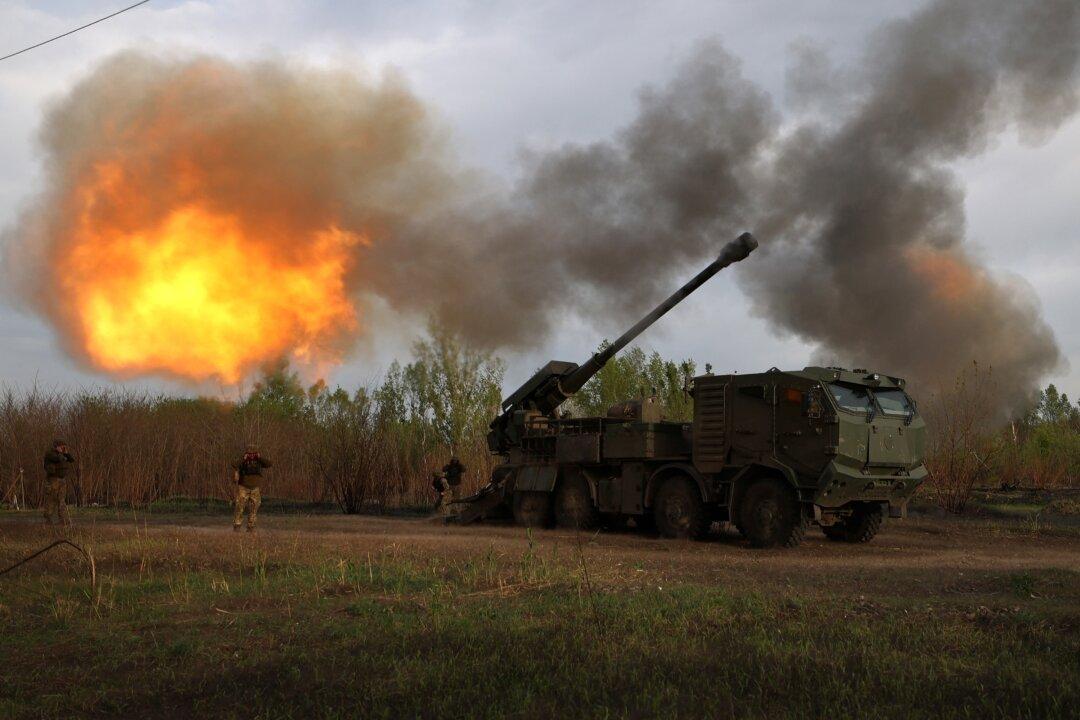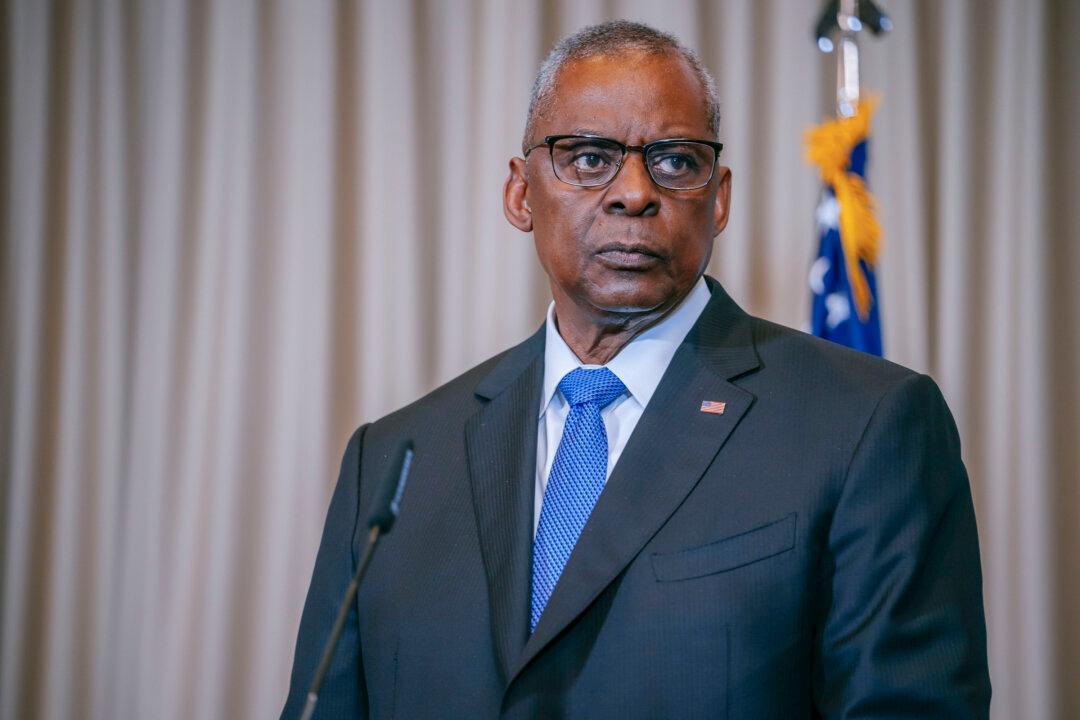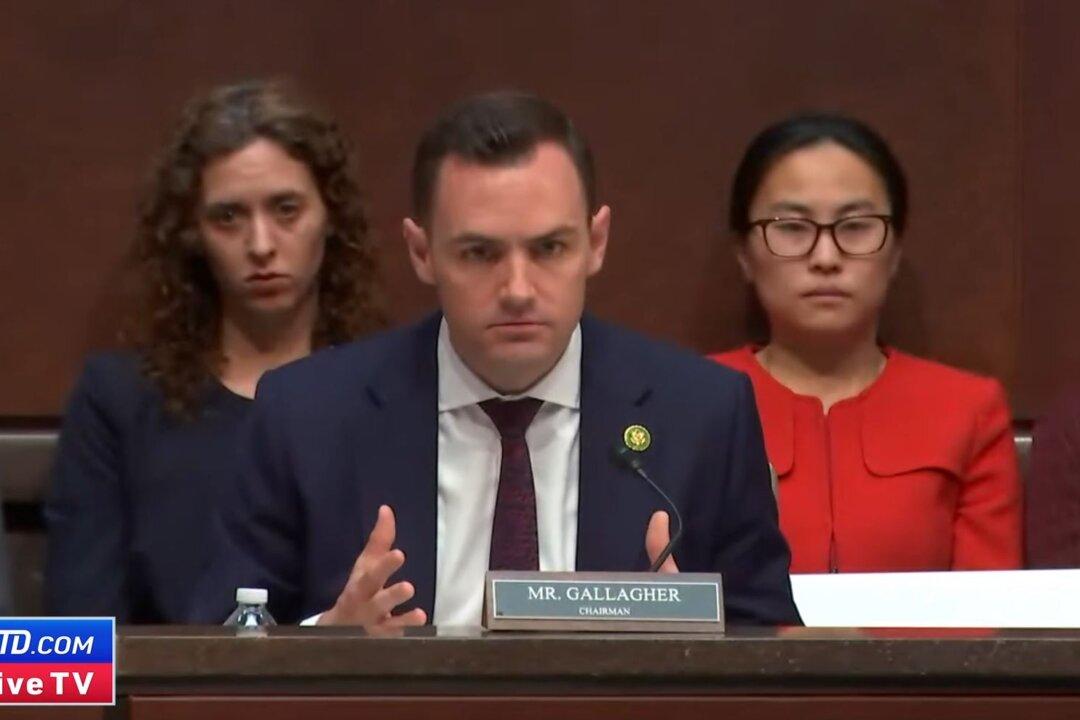A top U.S. general charged with monitoring the nation’s airspace said that the military didn’t detect previous incursions into U.S. airspace by Chinese spy balloons.
Air Force Gen. Glen VanHerck, who serves as commander of North American Aerospace Defense Command (NORAD), said that Chinese spy balloons previously went undetected on at least three occasions during the Trump administration.
“I will tell you that we did not detect those threats, and that’s a domain awareness gap,” VanHerck said during a press briefing on Feb. 6.
The balloon was allowed to continue flying over U.S. airspace until it was shot down off the South Carolina coast on Feb. 4.
VanHerck said that the U.S. military and intelligence agencies exercised “maximum precaution to prevent any intelligence collection” from the spy balloon, and had also worked to collect information of their own about China’s capabilities.
He said that the incident provided the United States with “unique opportunities” to conduct counterintelligence against the balloon but declined to comment on what capabilities were deployed to covertly examine the balloon.
To that end, VanHerck did say that the intelligence gathered from the balloon and how it operated was “well worth” the wait of shooting it down.
He added that U.S. intelligence determined the previous flights after the fact based on “additional means of collection” of intelligence without offering further details on whether that might be cyber espionage, telephone intercepts, or human sources.
As a result, “we were able to go back and look at the historical patterns“ and uncover ”multiple instances” during the Trump administration in which Chinese surveillance balloons traversed American airspace and territory, Sullivan said at a Feb. 6 event hosted by the U.S. Global Leadership Coalition.
The presence of a so-called awareness gap in U.S. and Chinese balloon technologies is important due to the increasing prevalence of such devices for collecting surveillance and even as weapons of war.






Friends Read Free